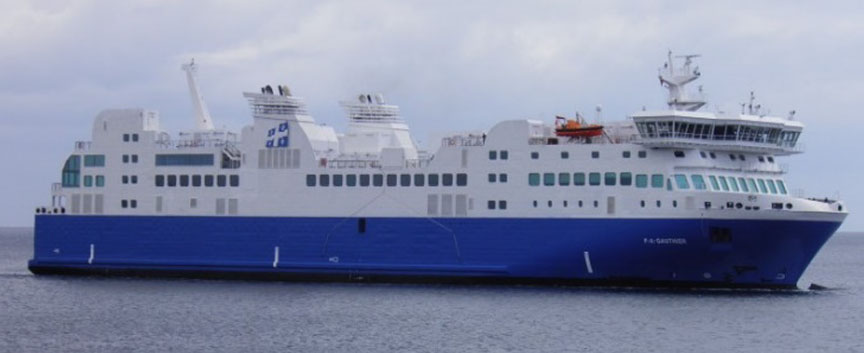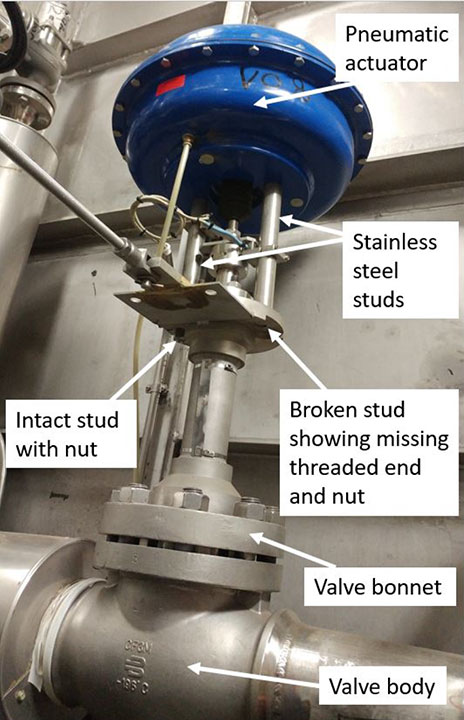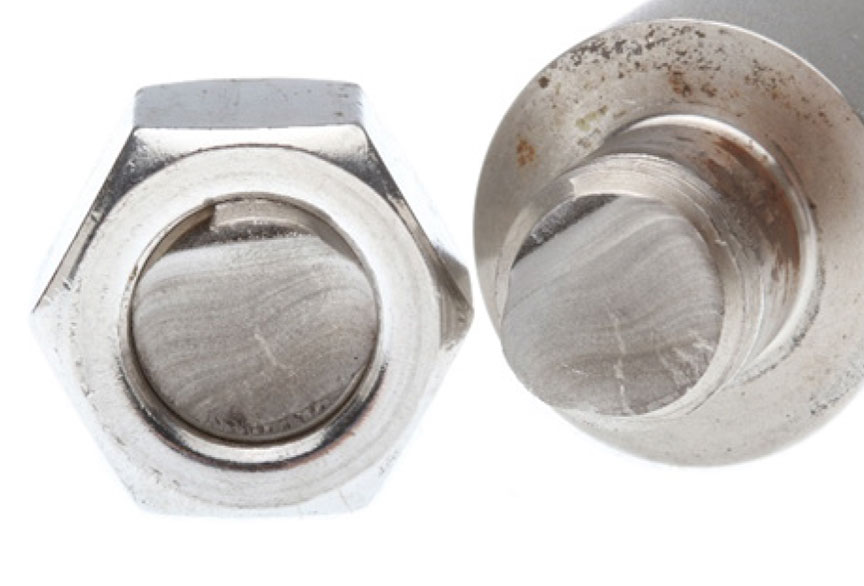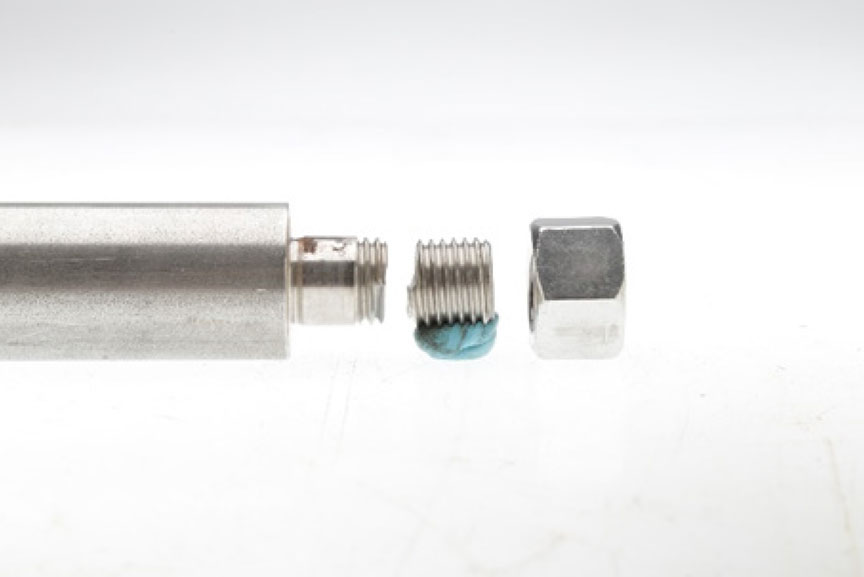Liquefied natural gas fuel equipment failure
Roll-on roll-off passenger ferry F.-A.-Gauthier
Matane, Quebec
The Transportation Safety Board of Canada (TSB) investigated this occurrence for the purpose of advancing transportation safety. It is not the function of the Board to assign fault or determine civil or criminal liability. This report is not created for use in the context of legal, disciplinary or other proceedings. See Ownership and use of content. Masculine pronouns and position titles may be used to signify all genders to comply with the Canadian Transportation Accident Investigation and Safety Board Act (S.C. 1989, c. 3).
History of the occurrence
On 08 April 2018, the Canada-flagged roll-on roll-off passenger ferry F.-A.-Gauthier (IMO 9669861, Figure 1) reported the failure of a remotely operated valve in the liquefied natural gas (LNG) fuel storage and supply system in the vessel's power plant. The valve failure was identified while the vessel was moored in Matane, Quebec, during a routine maintenance inspection of the equipment fitted in the vessel's port side LNG storage tank connection space.Footnote 1 During this inspection, the crew also detected a small gas leak around the stem of that same valve. At the time of the occurrence, the port-side storage tank contained about 200 m³ of LNG, about 75% of its total capacity.
Although a formal risk assessment was not documented in the vessel's safety management system, the crew updated shore management daily on the status of the failure and the inherent seaworthiness of the vessel. It was decided that the F.-A.-Gauthier would remain in operation in this condition, in order to use up the stored LNG through the auxiliary steam boilers and dual-fuel electrical generator sets. A technician appointed by the system's manufacturer carried out emergency repairs on 13 April, at which time the failed valve was temporarily secured.
Failure of valve V08
Valve V08 is a standard component of this particular LNG storage and supply system. The valve serves 2 functions:
- It allows the engine room watchkeepers to remotely control the emergency release of the storage tank's content into the atmosphere via a mast riser, should the safety valve fail to open; and
- It allows the crew to vent the storage tank when it is purged with nitrogen before maintenance is carried out.
Because of its critical role in the fuel supply and storage system, valve V08 is directly connected to the shell of the pressurized LNG storage tank via stainless steel piping and cannot be mechanically isolated. The tank must be emptied and purged with nitrogen before any maintenance can be done on the valve.
The part of the valve that failed is 1 of the 2 stainless steel studs that fasten the valve's pneumatic actuator over the valve bonnet (Figure 2).
The TSB conducted an examination and a failure analysis of the broken stud. These concluded that the valve assembly stud failed at the root of the thread due to the initiation of multiple fatigue cracks (Figure 3 and Figure 4). The relative size of the fatigue area, when compared to the final overstress area, suggests that the loads applied to the studs were relatively low, and were possibly due to the reported abnormal vibrations that were present on the valve assembly prior to the failure.
The investigation determined that vibrations within the LNG storage tank's connection space, which may have acted on the space since the vessel had been commissioned, likely caused the stud to fail and break apart and resulted in the small gas leak. More precisely, although a vibration damping arrangement was securing the body and bonnet of valve V08 against an adjacent platform, the pneumatic actuator was oscillating freely and transmitting these stresses to its fastening studs, gradually causing one of them to fail.
Safety action
Following this occurrence, the system manufacturer and the valve manufacturer initiated a joint study to prevent this particular failure from happening again. Specifically, the manufacturers are focusing on either redesigning the support stud with a different material, or redesigning the supporting arrangement of the pneumatic actuator, using 3 studs instead of 2.
This concludes the TSB's limited-scope investigation into this occurrence. The Board authorized the release of this investigation report on . It was officially released on .



